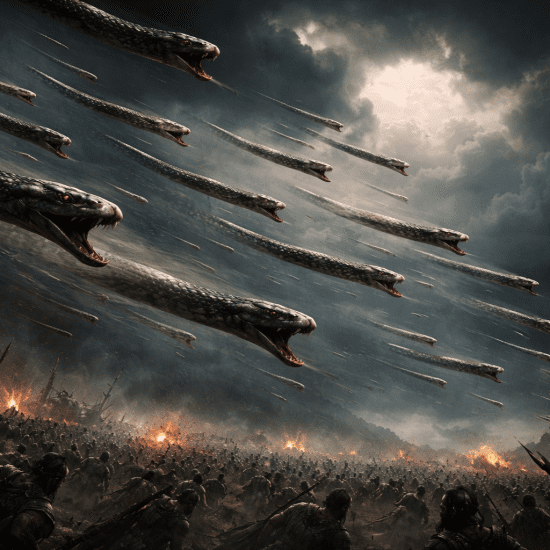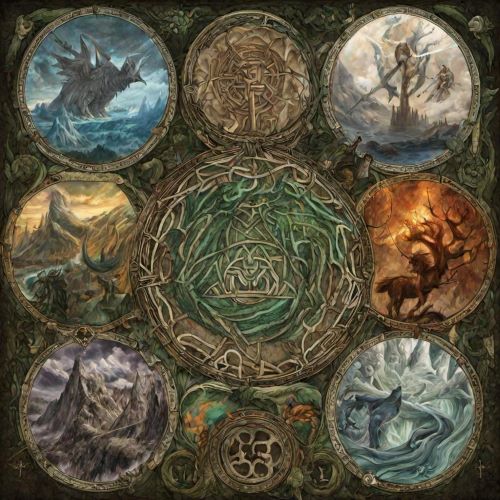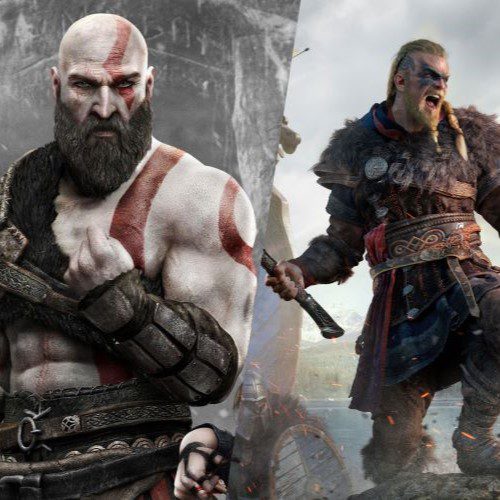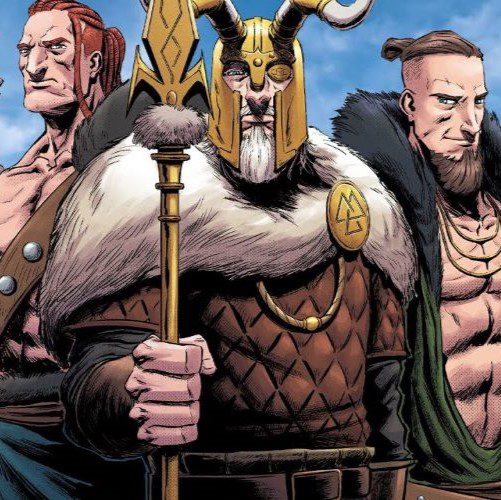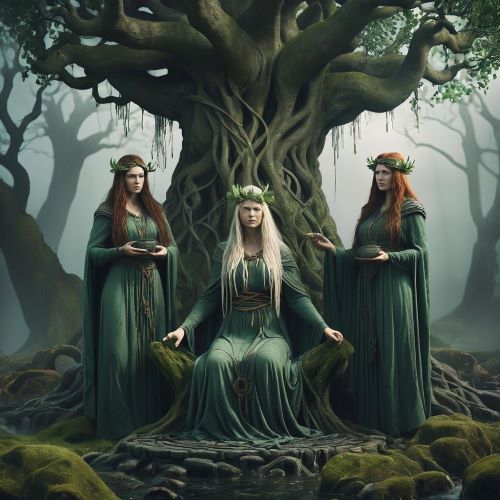Why Baldur’s Death Changed Norse Mythology Forever
In the grand tapestry of Norse mythology, few stories evoke as much sorrow and foreboding as the tale of Baldur, the god of light, purity, and beauty. Known for his radiant presence and kind nature, Baldur’s story is not just a mythological anecdote—it marks the beginning of the end for the gods of Asgard. Often seen as the most beloved of all the Aesir, his tragic death is a key moment in the prophecy of Ragnarok.
Who Was Baldur in Norse Mythology?
Baldur, also spelled Balder or Baldr, was the son of Odin, the Allfather, and Frigg, the goddess of foresight and motherhood. He was considered the most handsome and gracious among the gods, often associated with sunlight, joy, innocence, and peace. His presence was said to bring happiness wherever he went, and he was deeply loved not just by the gods, but also by all beings in the Nine Realms.
He lived in Breidablik, a hall in Asgard where nothing impure could enter. Baldur’s character represented everything good in the world, which is why his death was felt as a devastating blow to the balance of the cosmos.
The Ominous Dreams and Frigg’s Efforts
Baldur began having terrifying dreams about his own death. Troubled by this, Odin rode to the underworld to seek answers from a dead seeress. She confirmed his fears: Baldur’s death was inevitable and would herald the coming of Ragnarok, the end of the gods.
Determined to save her son, Frigg went to great lengths. She traveled across the worlds and extracted promises from all things—stones, metals, animals, plants, and even diseases—not to harm Baldur. Everything swore an oath, except one: the seemingly harmless mistletoe. Frigg overlooked it, thinking it too insignificant to cause any damage.
Loki’s Treachery
Loki, the trickster god known for his cunning and malice, saw an opportunity in this loophole. Disguised as an old woman, he tricked Frigg into revealing that mistletoe had not been bound by the oath.
During a celebration in Asgard, the gods amused themselves by throwing objects at Baldur, who stood laughing as everything bounced harmlessly off him. Seizing the moment, Loki fashioned a dart—or in some versions, an arrow—from mistletoe. He handed it to Baldur’s blind brother, Hodr, and offered to guide his hand. Unknowingly, Hodr released the fatal dart, striking Baldur in the heart. The god of light fell dead.
The Mourning of the Gods
Baldur’s death was met with unimaginable grief. The gods and all living creatures mourned. Odin sent his son Hermod to the underworld to plead with Hel, the goddess of the dead, for Baldur’s release. Hel agreed on one condition: that every being in the world weep for Baldur.
All did, except one—a giantess named Thokk, believed to be Loki in disguise. She refused to shed a tear, sealing Baldur’s fate in the realm of the dead.
The Consequences of Baldur’s Death
The death of Baldur was more than a personal loss; it was a cosmic tragedy. It marked the beginning of the end, setting the wheels of Ragnarok in motion. The gods became aware that their time was limited and that chaos would soon overtake order.
Loki’s role in the death of Baldur also led to his capture and punishment. He was bound in a cave with a venomous serpent above his head, a punishment meant to last until the final battle.
Baldur’s death removed the brightest force from the world, symbolizing the fading of goodness and the encroachment of darkness.
Baldur’s Legacy in Norse Mythology
Despite the tragedy, there is a sense of hope in Baldur’s story. Prophecies foretold that after Ragnarok, Baldur would return from the underworld to lead a new world, reborn from the ashes of the old. In this way, Baldur embodies not just light and beauty, but also resurrection and the promise of renewal.
His myth is a powerful reminder of how even the purest light can be extinguished, but also how it can rise again. This duality resonates deeply with modern interpretations of Norse mythology, which view Baldur as a Christ-like figure representing sacrifice and redemption.
Baldur in Popular Culture
Baldur’s story continues to inspire modern storytellers, artists, and game developers. He appears in literature, video games like God of War, and TV shows that draw from Norse myth. Often, his tragic demise is used as a symbol of lost innocence or the beginning of great change.
His name lives on, not just in sagas, but in the emotional resonance his story carries for those who seek light in the face of darkness.
No posts were found.




